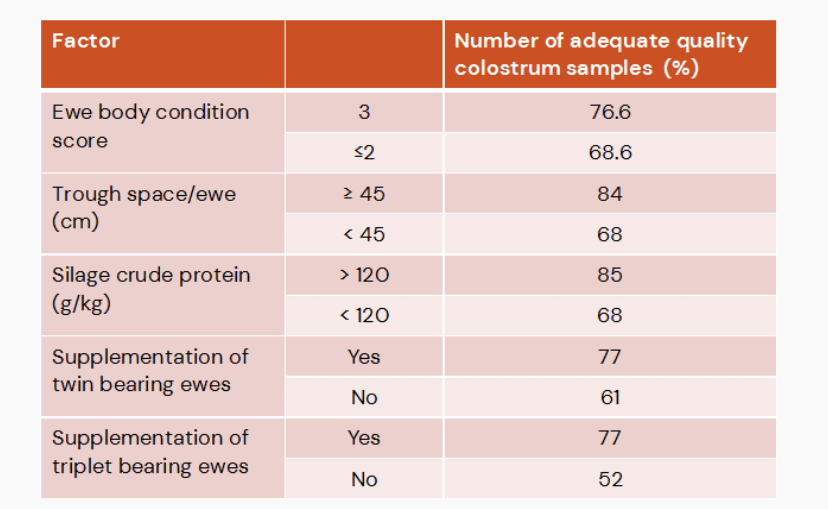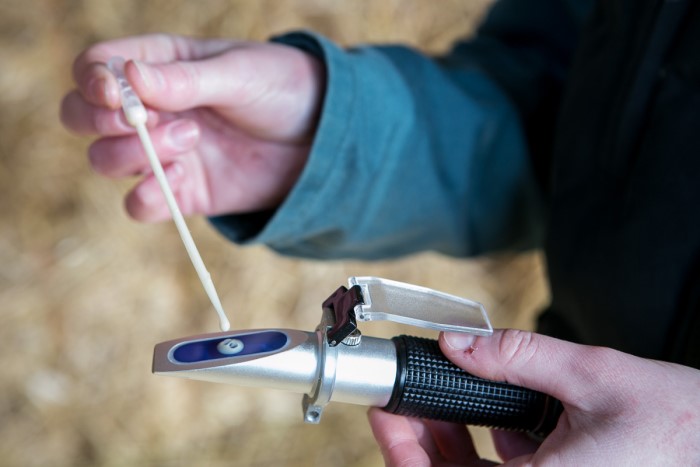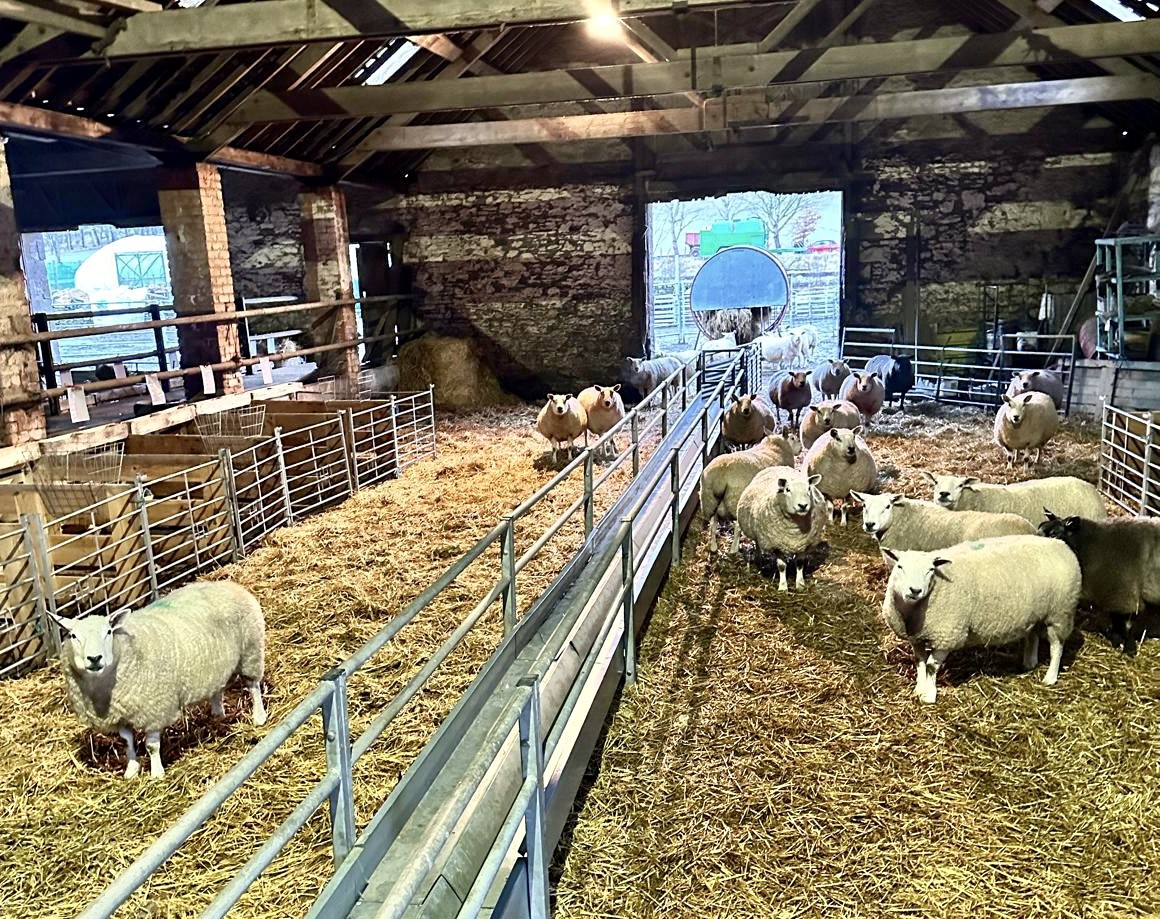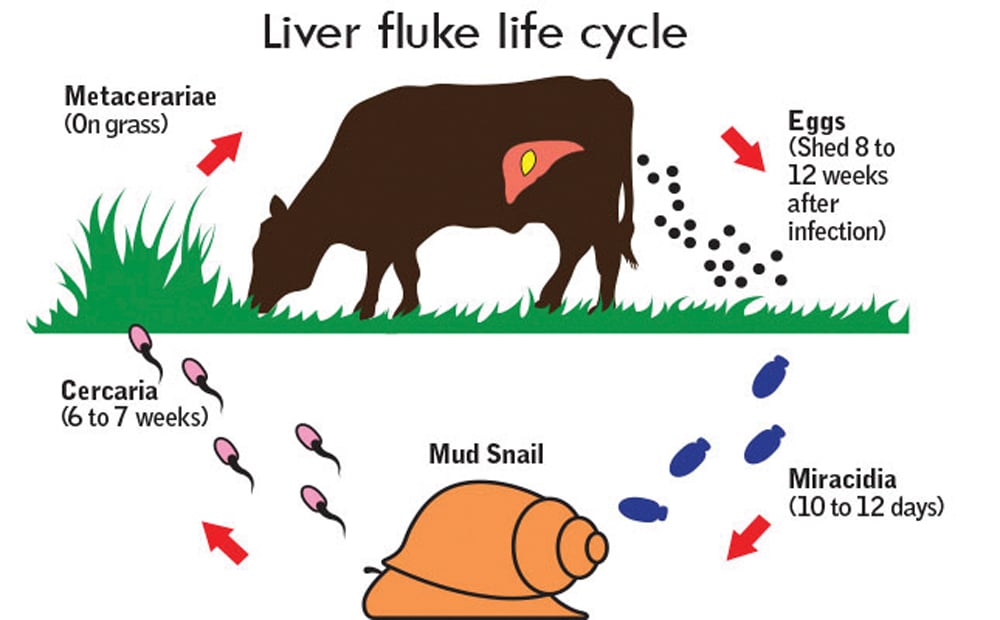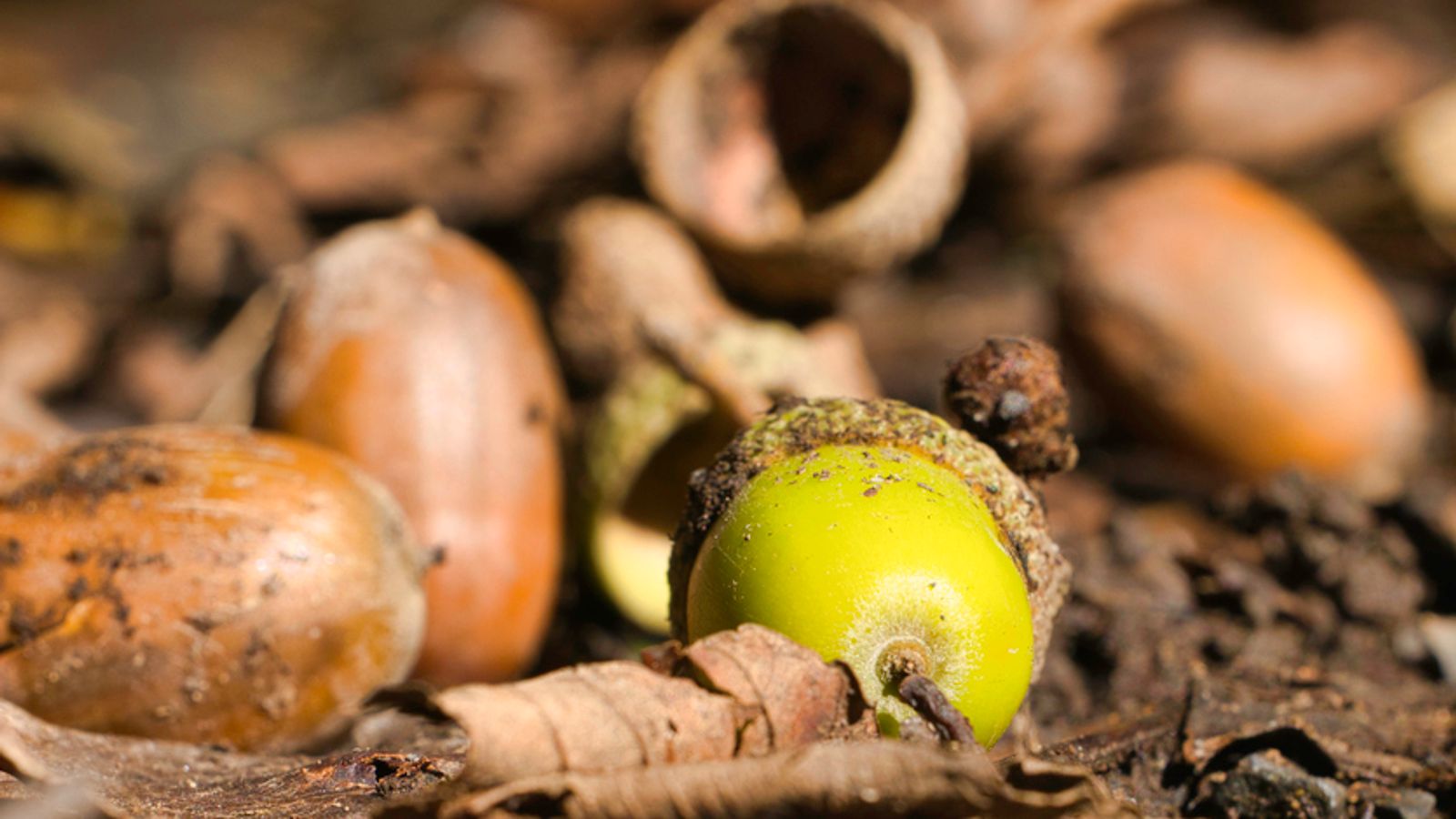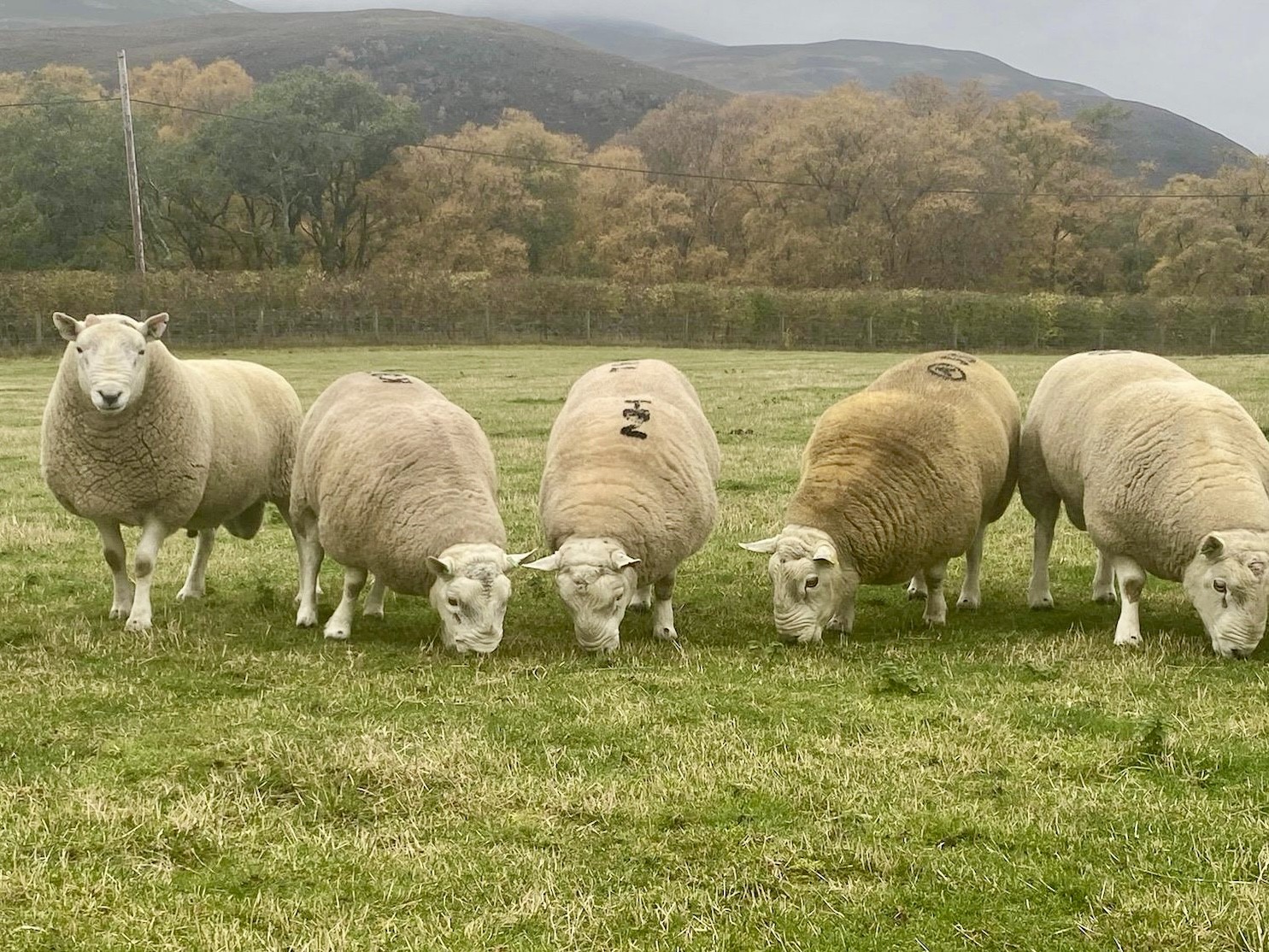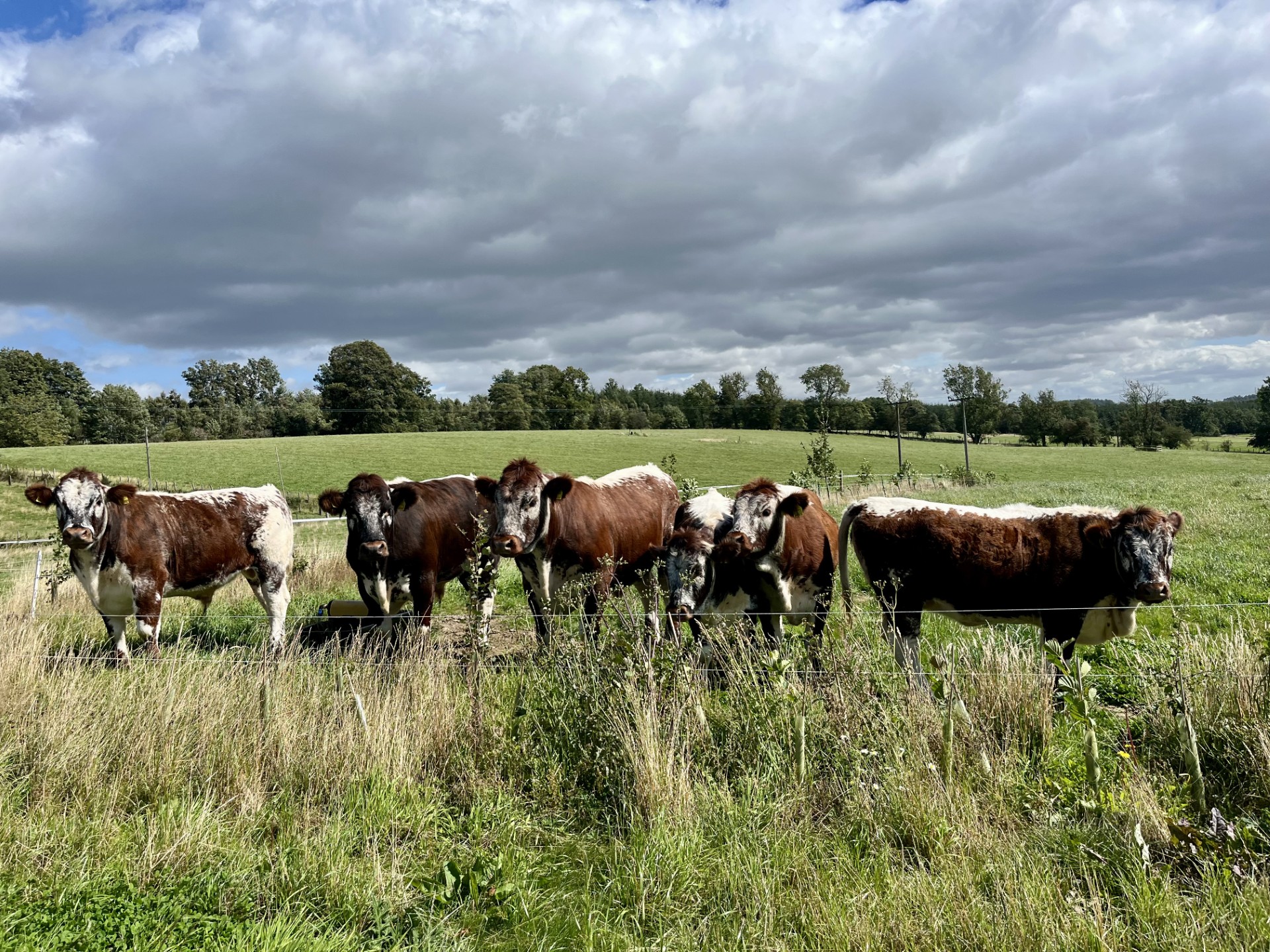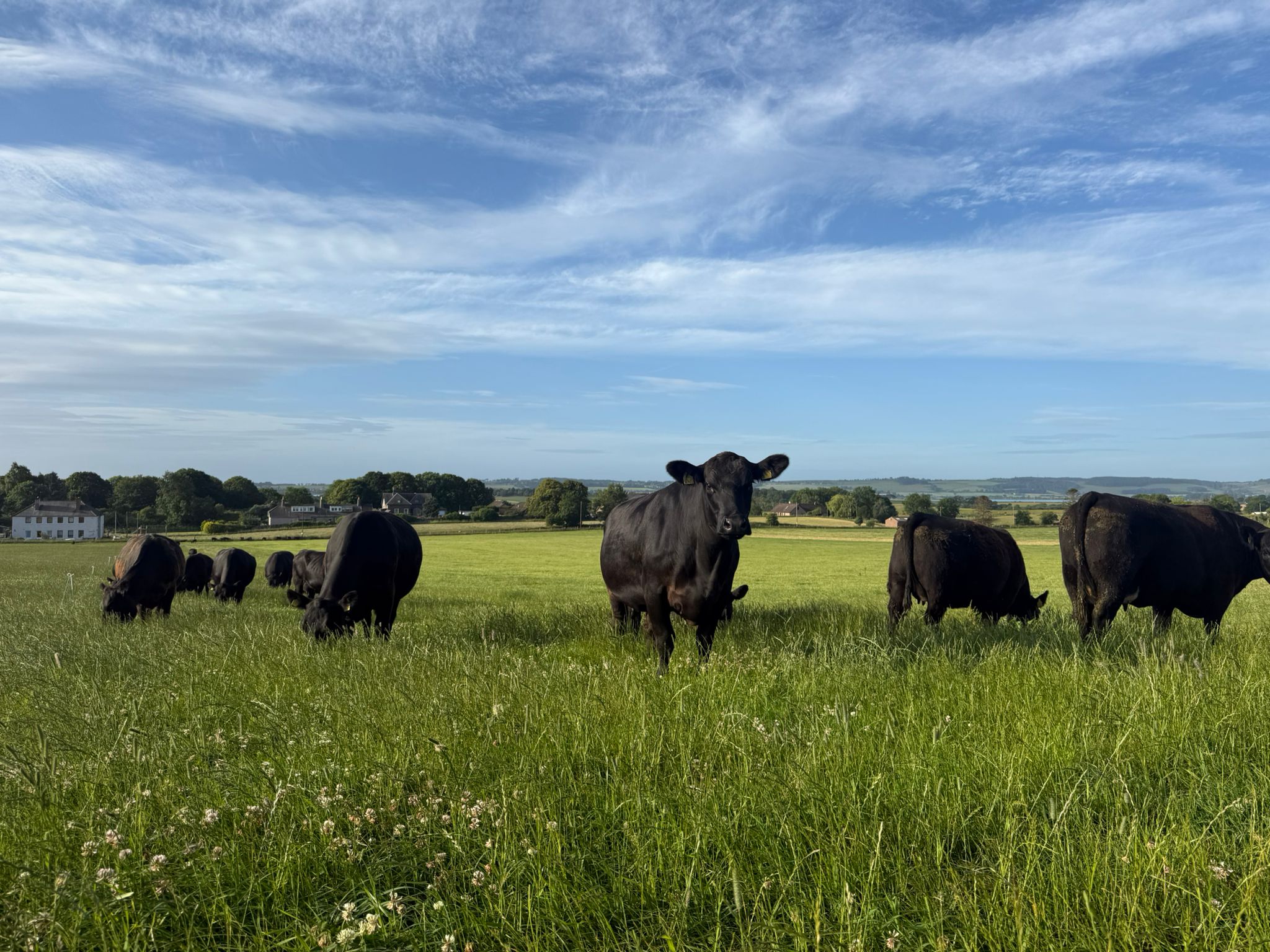Farm Newsletter February 2024
February continued where January left off with much routine work filling our days. The last few weeks however have seen a sudden increase in the number of calvings, caesars and prolapses – the spring work is now definitely here, even if the weather is not!
Sheep scanning results have broadly been very good, many were concerned a very wet tupping period would have had an impact but this appears not to have been the case. Sadly we have already dealt with a small number of abortion outbreaks, two of which have been diagnosed as enzootic abortion. When dealing with any abortion outbreak in a herd or flock two in a day or more than 2% total is a good cut-off for when to investigate further. Any bovine abortions have to be investigated for Brucellosis by law. And please remember that many causes of abortion are transmissible to humans (and not just pregnant females), so please take extra precaution with hygeine and disinfection when dealing with any abortion.
With the bulk of calving and lambing upon us we of course hope to not see too many of you in the middle of the night, but please don’t hesitate to conatact us with any issues that arise at this busy time of year. It’s much easier to fix a problem in the early stages than getting called out when things have gone from bad to worse already!
Pain relief for disbudding calves
With the main calving season upon us we thought it would be a good time to discuss pain relief when carrying out disbudding calves.
Where using a hot iron for disbudding it is a legal requirement to use a local anaesthetic nerve block and this should be carried out in all cases, regardless of age. However, the effects of the local anaesthetic will start to wear off after about 6 hours, but the pain from disbudding is likely to persist for two days or more.
To bridge this pain gap we would recommend using a “Non Steroidal Anti-Inflammatory”, the most common of which we prescribe is Metacam. Metacam is a powerful painkiller that lasts for between a day or two and therefore if given at the time of disbudding or dehorning can be really useful to protect young calves from pain. Metacam should be given to cattle at a dose rate of 2.5ml/100kg – so for a typical 40kg calf this works out at just 1ml, to be given under the skin.
Not only is this increased pain relief a good idea from protecting welfare to the best of our ability, it is also likely to have production benefits too. Calves with greater pain are likely to suckle less frequently, thus for a couple of days have reduced weight gain. The additional stress and reduced feed intake, particularly in young calves, may also leave them more susceptible to disease such as scours. So whilst there may be a small additional cost in using a pain-killer, it is likely this cost would be off-set by reducing a weight gain hit and reducing disease risk.
Assessing Colostrum Quality
As we all know, colostrum is absolutely vital to the survival of calves and lambs in the first days in life and also to set them up for success for the rest of life ahead. Thinking about colostrum it’s worth remembering the three Qs – Quickly, Quantity and Quality.
Colostrum transfer needs to happen as Quickly as possible. Colostrum quality decreases by up to 4% for every hour that passes following birth. In addition the calf or lamb’s ability to absorb the vital antibodies rapidly decreases in the hours following birth, after about 6 hours this ability is totally gone.
The Quantity of colostrum is also vital. For calves they should receive four litres in the first two hours of life, topping up to a total of 6 litres in the following twelve hours. For lambs they should receive 50ml/kg in the first two hours of life topping up to a total of 200ml/kg in the following 24 hours. This can be difficult to assess in a calf or lamb nursing it’s dam, but as a rough guide we would want to see 20 minutes of continued suckling in the first two hours of life.
Finally, the Quality of colostrum needs to be high also, and contain lots of the vital antibodies required to fight off infection. The quality of colostrum is determined by the body condition of the dam as well as nutrition in the weeks leading up to birth. Quality can be cheaply and easily assessed using a tool called a Brix Refractomer, which assesses the density of a liquid. If you would like a demonstration how how to use one of these on farm please just let us know. In cattle we are looking for a measurement of at least 22% and in sheep 25%, which would equate with sufficient antibody content. The antibodies for specific diseases can be boosted by carrying out pre-lambing or calving vaccinations such as Heptavac P+, Covexin/Bravoxin and Rotavec.
Below is an interesting chart from a study that looked into factors that determined colostrum quality in ewe, with samples collected from >1200 ewes across 64 farms.
Metabolic Profiling Sheep
Over the past couple of months we’ve been discussing a lot about about metabolic profiling cattle, but as we now move close to lambing for the majority it’s time to start thinking about metabolic profiling the ewes too.
The vast majority of diseases we see at lambing time are underpinned by nutrition that is not quite right – be it twin lamb disease, watery mouth, joint ill, hypothermia or difficult lambings and by metabolic profiling we can pick these up early and make dietary adjustments if required. With lamb prices currently at £150 or more, every extra lamb on the ground following this lambing period is vital and with the cost of a metabolic profile at less than £115 the maths of how many lambs we need to save to make it worthwhile are pretty simple!
The metabolic profile looks at energy balance and protein supply as standard, and if required we can look at minerals and trace elements as well. The ideal time to carry it out is give or take three weeks pre-lambing, as this means ewes will be under nutritional stress but we have enough time to make changes if required. We would need 6 ewes from each separately managed group. Please give us a shout to discuss and/or book in.
Sheep Scab Video
Last month we caught up with Farm Advisory Scotland to do a wee video all about sheep scab. You can watch it below.

